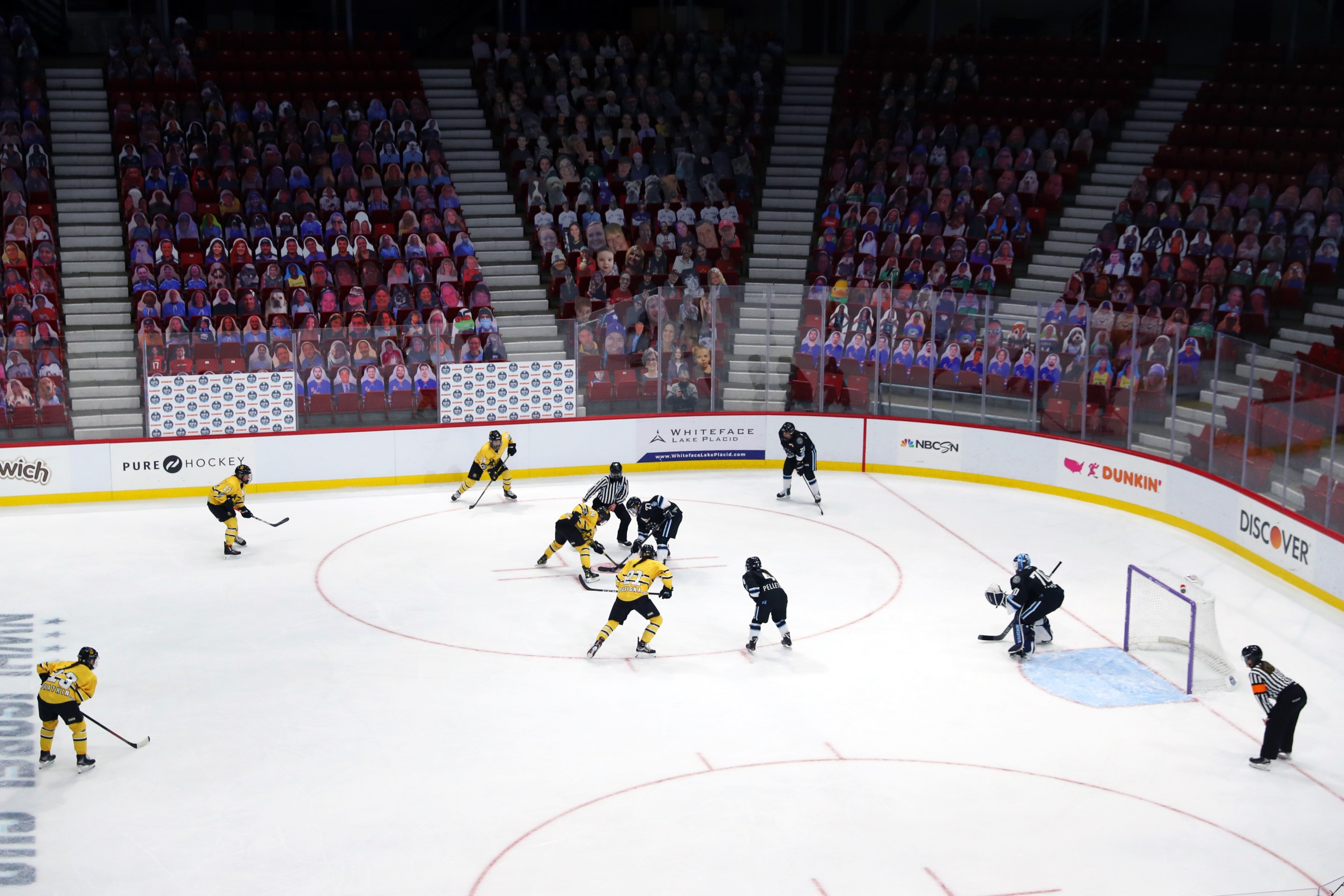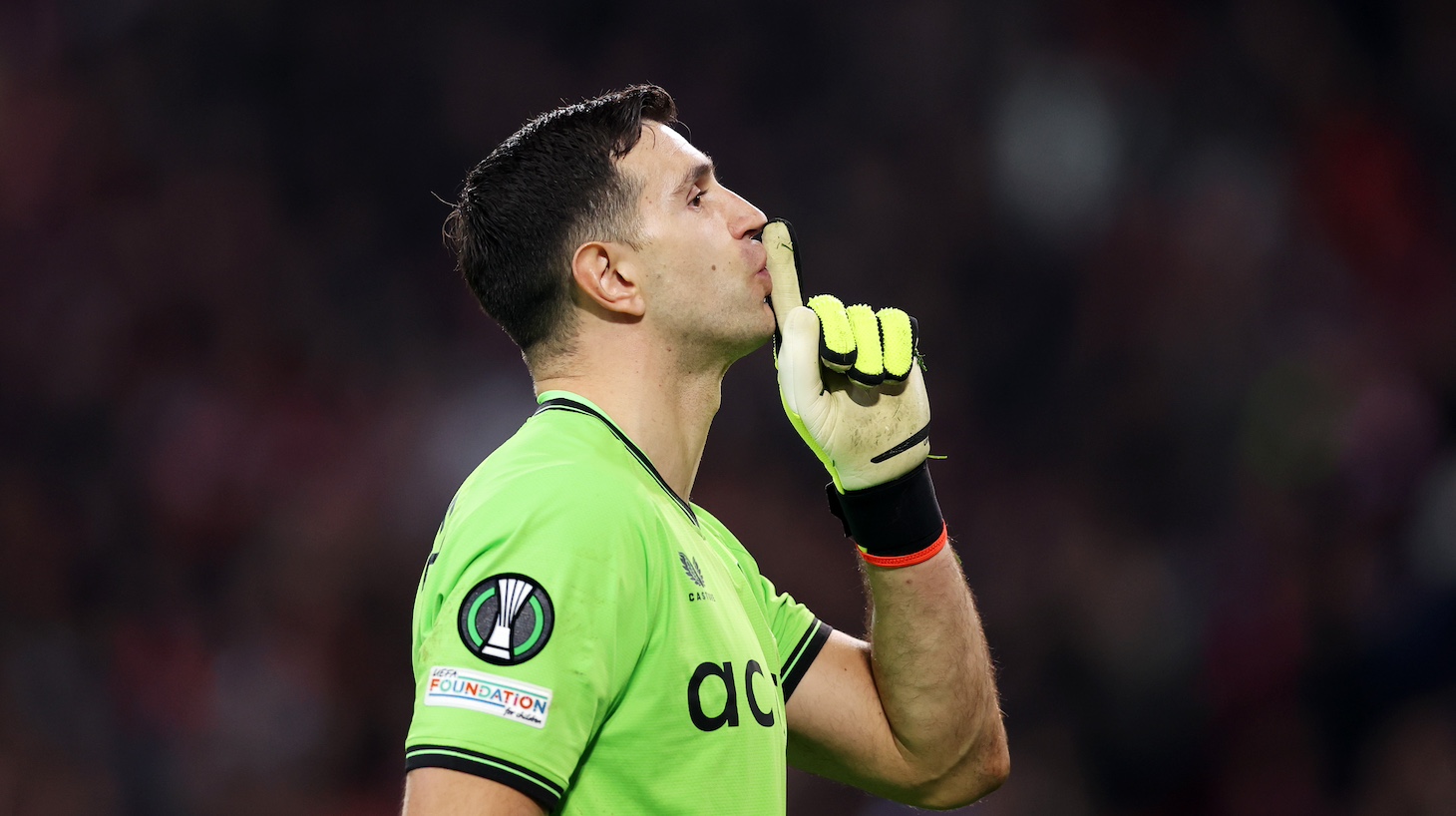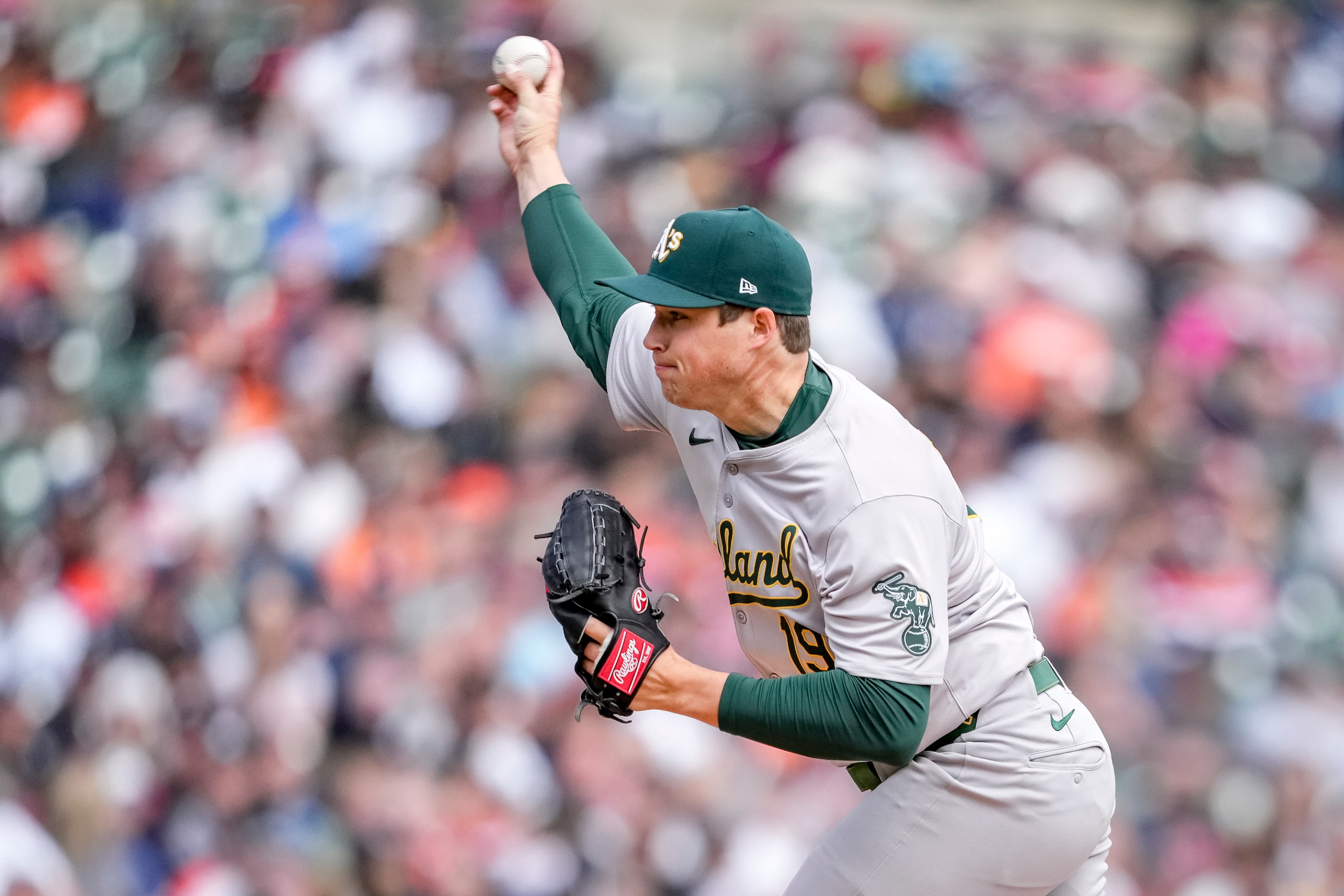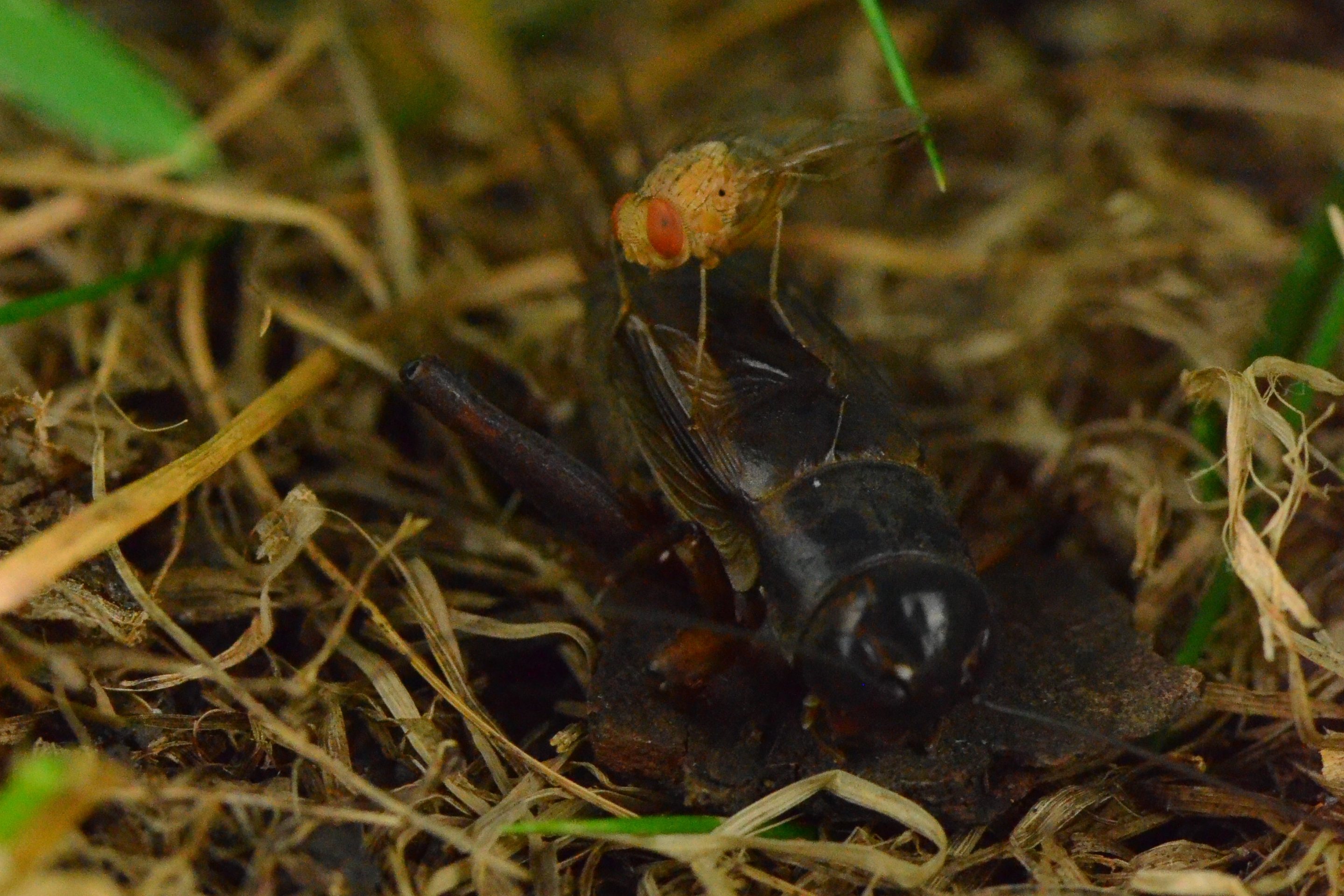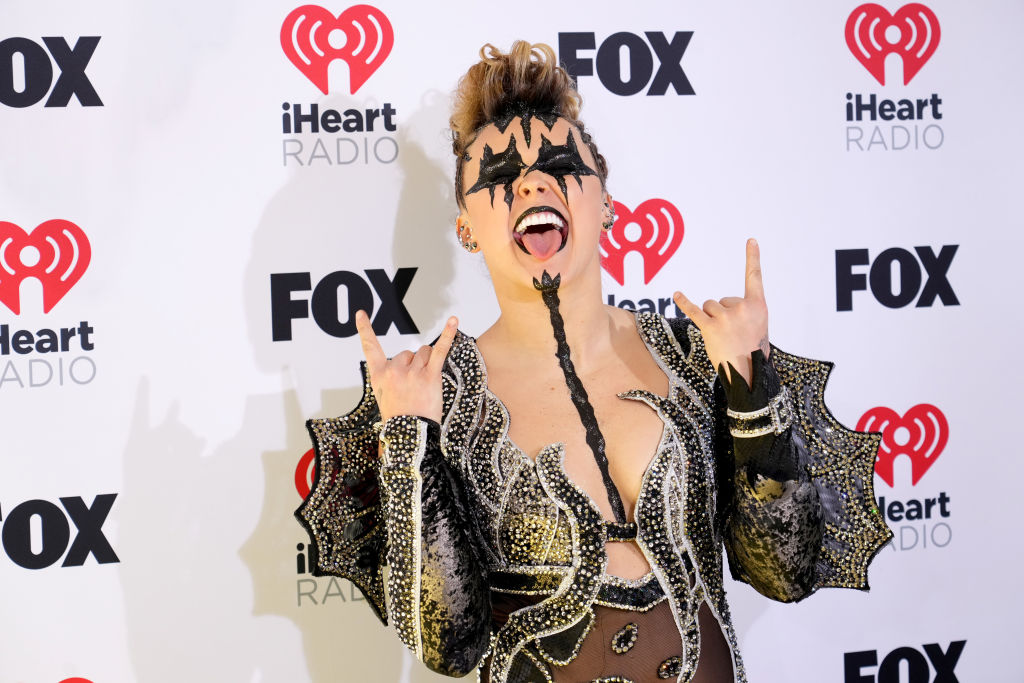The National Women's Hockey League has suspended its condensed sixth season, citing an outbreak of COVID-19 cases among players. The news comes soon after two teams—the Metropolitan Riveters and Connecticut Whale—withdrew from the single-site tournament in Lake Placid, N.Y. Given the risks to players, the suspension is a necessary end to a tournament that looked unwise from the start, though it must sting that this should happen just before the first professional women's hockey broadcast on national network television, which was scheduled for tonight.
Here is the problem the NWHL couldn’t get around: It isn't a full-time league. For NWHL players, the tournament amounted to two weeks off from their jobs. Operating a tournament within that narrow window precluded adding the 14-day quarantine period epidemiologists recommend to the schedule. Players were tested upon arrival, but that's not exactly an adequate substitute.
The "NDubble" was no bubble at all. Despite the league's insistence that its protocols were "restrictive," and that players would not leave their rooms outside of playing, players came and went from the tournament as teams called up taxi squad members, and social media photos showed some out socializing, in apparent violation of the protocols.
If there were rules that the players on the Beauts couldn't hangout with each other off the ice, why did the official team Instagram account post a photo of them doing exactly that while seemingly taking a walk around Lake Placid? https://t.co/axUtHsuFSS pic.twitter.com/bv1UmSDDxP
— Melissa Burgess (@_MelissaBurgess) February 3, 2021
At the very least, there's a lesson in this. Bubbles aren’t spoken into existence; nor are they fortified by goodwill and optimism for the future of women’s hockey. To make a bubble work, you need institutional capacity, and for that, you mostly need cold hard cash. Cash—and thoughtful planning, but really, cash—is why the NBA could operate successful NBA and WNBA bubbles last summer. The job involved among other things, developing a surveillance regime, building a barber shop, arranging child care, and investigating the love affairs of Danuel House. As everyone acknowledged by the end, it was difficult, exhausting and expensive. And that was the NBA!
For a growing league, building institutional capacity might require first taking big swings like the Lake Placid tournament. “It’s a huge make-or-break for the league,” Anya Packer, president of the NWHL’s Players’ Association, told the New York Times two weeks ago, before the season began. Following a small league has a way of making you keenly feel its stakes like that, so that every piece of news is or “huge” or “brutal” or “good for the game” or “bad for the game.” Is that fair? Not really. Imagine for a minute that House’s smuggled guest had brought with them the virus, that one infection became an outbreak, that the outbreak had led the Rockets to leave or led the NBA to shut its season down. Your imagination has to wander pretty far from there before people are arguing against the viability of a pro men’s basketball league.
In women’s sports, though, a permanent sense of disadvantage can also become a dangerously comfortable perch. There is some power in being read as an underdog, in enjoying the lenience underdogs do. And it allows a league to avoid the work of developing growth strategies beyond: (1) get more people to pay attention to us; (2) profit. But attention poses its own challenges. What happens when people are watching you? What if they’re watching critically? Or asking pesky questions? The events of the past week and a half—and the league's frustrating lack of transparency amidst them—suggest the NWHL and its commissioner hadn’t thought all the way through the next step. The league would not share its case counts or its testing regimen, which NWHL commissioner Ty Tumminia only described as "pretty much daily." In a press conference to address the tournament's suspension on Wednesday evening, Tumminia seemed to suggest, strangely, that this was never meant to be a bubble, but a “restricted access environment.”
“I actually see it as a success,” Tumminia said. “I was 12 hours away from history. I mean, I gotta tell you—I mean, it’s really just frustrating and breaks my heart. But overall, I really, truly believe that this was successful. We saw a lot of hard work and grit. I’m very proud of where we got to this point.”
Hmm. I think the truth might be more sympathetic. Is this not a little embarrassing? Is it not particularly, painfully humiliating to set high expectations for yourself, ask other people to share those expectations, and then fail—for whatever reason—to live up to them? But admitting as much would prompt some questions about what Tumminia’s standards and expectations were in the first place. What we can tell is that medical guidance around the virus and quarantining did not change significantly between when the tournament was announced in November and when it began. NWHL leadership knew what it was getting into, and what the challenges would be. That is the really damning part. Read Toronto president and coach Digit Murphy’s shocking press conference comments from yesterday. She seemed to know very well the risks of her team traveling from Canada to the U.S. to play:
Our players had no problem coming in. We felt 100 percent safe, and all we wanted to do was play the game. We would’ve died if we could play the game, we would have died if we could have played against Minnesota. Our kids just wanted to play hockey. They were safe. They were looked after. And we knew when we came in, it was huge—we’re going from like 100 cases to 100 million cases. But we wanted to play, so we’re here. We’re bummed. But we want to come back.
Tumminia, presumably, was not under any illusion that she had at her disposal the same resources as Gary Bettman, let alone Adam Silver. Not just money for swag bags and nicer hotel accommodations; most importantly, money can buy you cunning. It can buy you slick publicists and shrewd lawyers and media training, so that people in your organization do not say things like, “My team is willing to die to play this game.” The NWHL’s failure to prevent the transmission of a highly transmissible virus is not a new failure or a league-specific one—some 40 players are currently on the NHL's COVID protocol list. But the most meaningful distinction in sports is not between responsible leagues and irresponsible ones, or between functioning leagues and dysfunctional ones. Everyone is plowing ahead. Everyone is irresponsible. The real distinction is which leagues are savvy enough to get away with it.
If you liked this blog, please share it! Your referrals help Defector reach new readers, and those new readers always get a few free blogs before encountering our paywall.
Staff Writer
Read More:
Stay in touch
Sign up for our free newsletter
